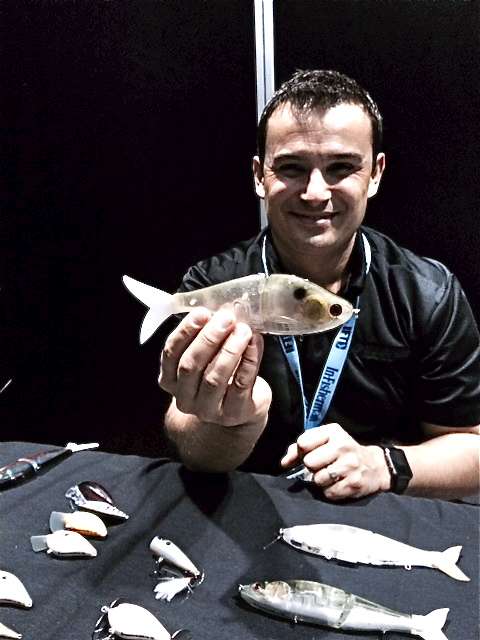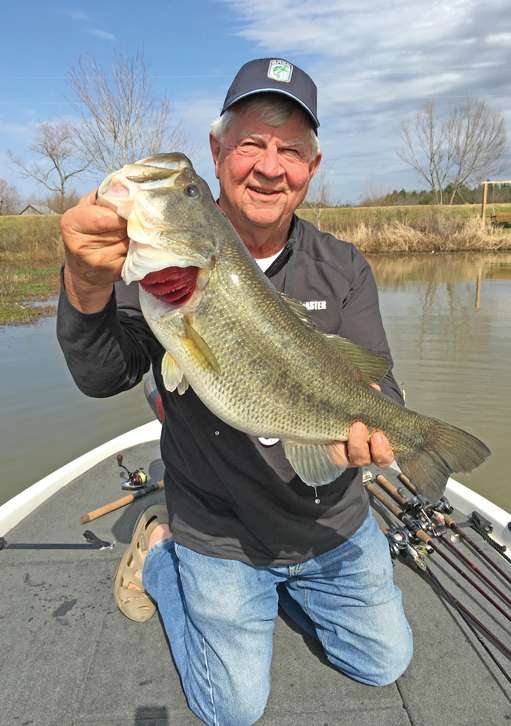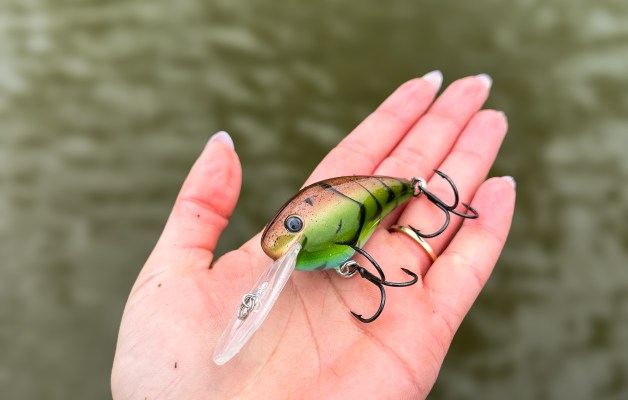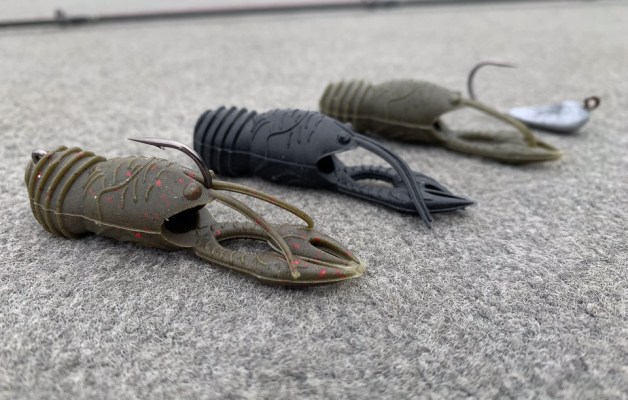
Sometimes it’s hard to remember that we at Bassmaster.com are attending the annual ICAST fishing tackle trade show in Orlando. At times, it seems more like CES, the Consumer Electronics Show in Las Vegas.
Check out the Livingston Lures booth, for one of several examples. There, we sat down with Robert Castaneda, Livingston Lures inventor and self-described tech geek.
Castaneda was the one to devise a way to imbed computer chips in bass lures that emit baitfish sounds to attract bass. That was child’s play.
Beginning Jan. 2, anglers will be able to download a smartphone application that not only enables the user to shuffle through a variety of fish sounds built into certain Livingston lures but also record almost everything an angler needs to know about his catches.
“For the first time ever, you can connect your lure to your mobile phone,” he said.
The main reason for the connection is to let the angler choose from 30 different EBS (Electronic Baitfish Sounds) recordings of real fish prey, including crawfish, shad, frogs and bluegill. There’s even a bird chirp – which you’ll need if you ever get on Aaron Martens’ blackbird pattern on Lake Havasu.
In addition, the app records a wealth of information that will help you establish a pattern, the inventor adds.
For every catch, the app “autopins” the location of the catch, tells you the lure (including size, color and model), the depth the fish bit, the water temperature, air temperature and barometric pressure. At the end of a day, you can review all those “catch points” to see the most productive areas of a lake as well as other elements of a pattern.
Initially, the new app will be mated with two Byron Velvick-designed swimbaits, the B Venom and B Viper, and it will soon extend to a superdeep diver, the Howeller Deep Plus, and eventually to other Livingston lures longer than 2 inches.
The two swimbaits will each be available in two versions, one with multitouch control to rotate through sounds ($39.99 each) and a Bluetooth Low Energy version that costs $49.99 each and works with the app. Android and iOS versions of the app will be free and available after Jan. 2.





